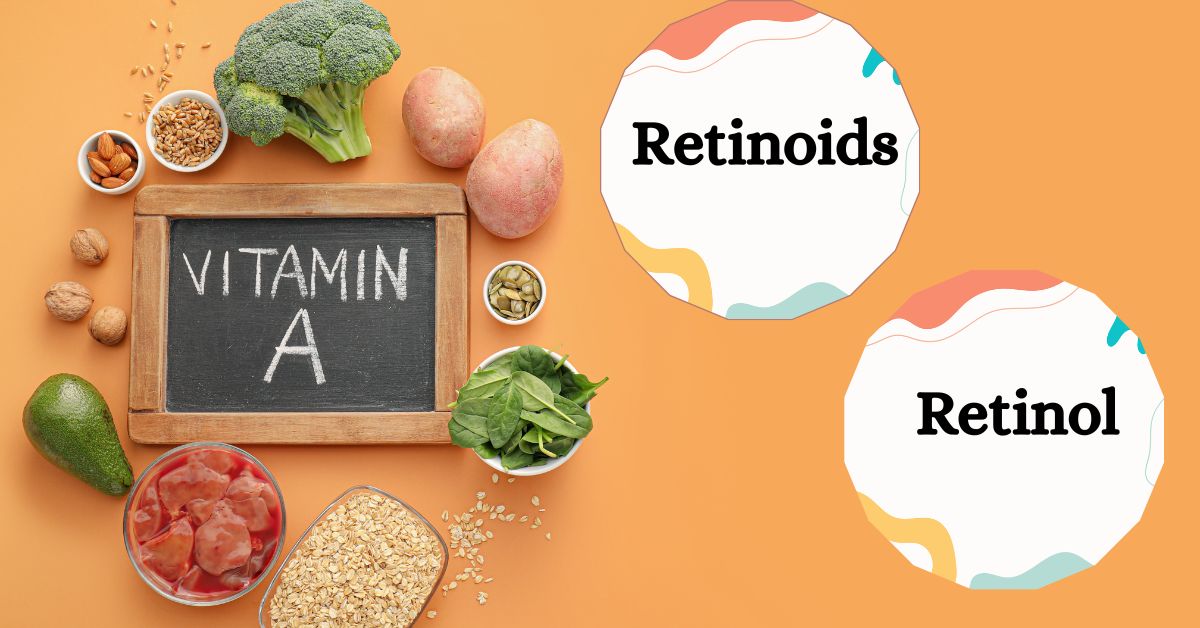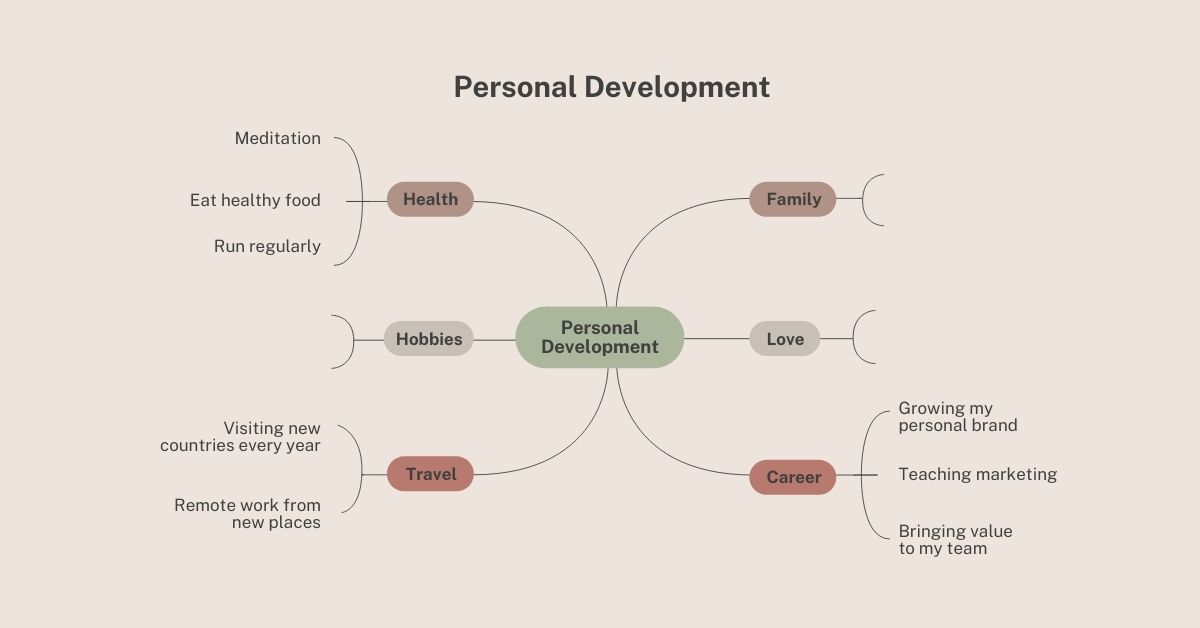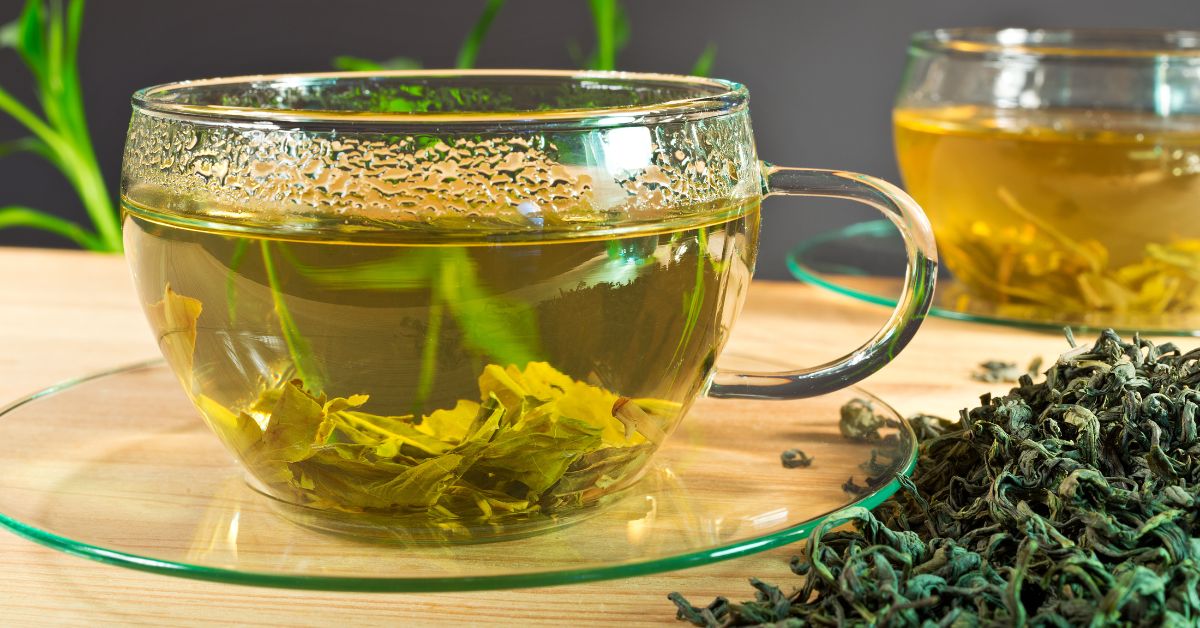Raisins, those humble dried grapes found in many pantries, have long been a favorite snack for their sweet and chewy texture. But did you know that soaked raisins, can transform into a health-boosting snack packed with even more nutritional benefits? These dried grapes, packed with essential nutrients, antioxidants, and fiber, are a convenient and delicious snack that can be incorporated into a variety of dishes, from baked goods and desserts to savory dishes and salads.
In this article, we’ll explore the process of soaking raisins, the benefits they offer, and creative ways to enjoy this revitalized snack.
The Soaking Process: Unlocking the Potential of Raisins
Soaking raisins is a simple yet transformative process that involves submerging dried raisins in water for a while. This allows the raisins to rehydrate, plump up, and become juicier and more tender. The soaking process also helps to remove any dust or residue from the raisins, making them cleaner and more palatable.
To soak raisins, simply place them in a bowl or container and cover them with water. Allow them to soak for at least 4-6 hours, or preferably overnight, to ensure thorough rehydration. Once soaked, drain the water and rinse the raisins before enjoying them as a snack or incorporating them into your favorite recipes.
A Nutritional Understanding of Raisins
Before diving into the benefits of soaked raisins, it’s essential to understand the nutritional composition of dried raisins. Raisins are dried grapes that come in various colors, including golden, black, and green, each offering a unique flavor profile and nutritional profile. Despite their small size, raisins are nutrient-dense, containing high levels of natural sugars, fiber, vitamins, minerals, and antioxidants.
- Natural Sugars: Raisins are a natural source of sugars, primarily fructose and glucose, providing a quick energy boost. However, unlike refined sugars, the natural sugars in raisins are accompanied by fiber, which helps slow down the absorption of sugar into the bloodstream, preventing rapid spikes in blood sugar levels.
- Fiber: Raisins are an excellent source of dietary fiber, both soluble and insoluble, which plays a crucial role in promoting digestive health, regulating bowel movements, and supporting overall gut health. Fiber also helps promote feelings of fullness, aiding in weight management and appetite control.
- Vitamins and Minerals: Raisins are packed with essential vitamins and minerals, including potassium, magnesium, iron, calcium, and various B vitamins. These nutrients play vital roles in maintaining optimal health, supporting metabolic functions, promoting bone health, and enhancing immune function.
- Antioxidants: Raisins are rich in antioxidants, including phenolic compounds, flavonoids, and anthocyanins, which help protect against oxidative stress, inflammation, and cellular damage caused by free radicals. Antioxidants also play a role in reducing the risk of chronic diseases, such as heart disease, cancer, and neurodegenerative disorders.
Health Benefits of Soaked Raisins
Soaking raisins not only enhances their texture and flavor but also unlocks a host of health benefits. Here are some reasons why soaked raisins make a nutritious addition to your diet:
- Improved Digestion: Soaking raisins in water can help improve their digestibility by softening their texture and breaking down complex sugars and fibers, making them easier to digest and absorb. This can be particularly beneficial for individuals with sensitive digestive systems or those prone to digestive issues, such as bloating, gas, and indigestion.
- Increased Nutrient Absorption: Soaking raisins in water helps to activate enzymes and release nutrients, making them more bioavailable for absorption by the body. This enhances the nutritional value of raisins and allows you to reap maximum benefits from their vitamins, minerals, and antioxidants.
- Hydration: Since raisins absorb water during the soaking process, they become rehydrated and more juicy. This makes them an excellent source of hydration, especially when consumed as a snack or added to dishes like oatmeal or yogurt. Soaking raisins in water can help rehydrate the body and restore electrolyte balance, especially after physical activity or exposure to heat. The natural sugars, minerals, and electrolytes in soaked raisins can help replenish lost fluids, support hydration, and promote optimal physical performance and recovery.
- Blood Sugar Regulation: Soaked raisins have a lower glycemic index compared to their dried counterparts, meaning they cause less of a spike in blood sugar levels when consumed. This makes them a suitable snack option for individuals looking to manage their blood sugar levels or prevent insulin spikes.
- Antioxidant Properties: Raisins are rich in antioxidants such as resveratrol, which has been linked to various health benefits, including improved heart health, reduced inflammation, and enhanced immune function. Soaking raisins may help to release and activate these antioxidants, further boosting their health-promoting properties.
- Natural Detoxification: Soaking raisins in water can help remove certain compounds, such as phytic acid and tannins, which may inhibit nutrient absorption and interfere with digestive enzymes. By reducing the concentration of these compounds through soaking, you can support natural detoxification processes, promote optimal nutrient absorption, and enhance overall digestive health.
Creative Ways to Enjoy Soaked Raisins
Now that you know the health benefits of soaked raisins, it’s time to get creative with how you enjoy them. Here are some delicious ways to incorporate soaked raisins into your diet:
- Snack on Them Plain: Enjoy soaked raisins straight out of the bowl as a simple and nutritious snack like makhana. Their juicy texture and sweet flavor make them a satisfying treat any time of day.
- Add Them to Oatmeal: Stir-soaked raisins into a bowl of hot oatmeal and your favorite toppings for a hearty and wholesome breakfast.
- Mix Them into Trail Mix: Combine soaked raisins with nuts, seeds, and dried fruits to create a homemade trail mix that’s perfect for snacking on the go.
- Blend Them into Smoothies: Add soaked raisins to your favorite smoothie recipes for a natural sweetener and an extra boost of fiber and nutrients.
- Incorporate Them into Baked Goods: Fold soaked raisins into muffins, bread, or cookies for added sweetness and texture in your baked creations.
- Top Your Salad: Sprinkle-soaked raisins over salads for a sweetness and chewiness that complements savory ingredients like greens, nuts, and cheese.
Conclusion
From dried to soaked, raisins undergo a remarkable transformation that enhances their taste and texture and amplifies their nutritional benefits. By incorporating soaked raisins into your diet, you can enjoy a delicious and health-boosting snack that supports digestion, hydration, blood sugar regulation, and overall well-being. So why not give soaked raisins a try and experience the rejuvenating power of this revitalized snack for yourself?







